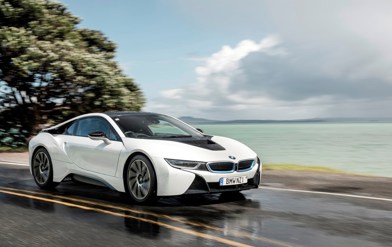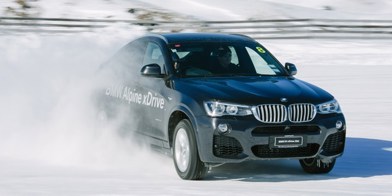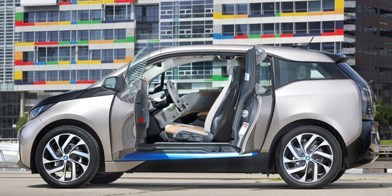Think a pure-electric version of the fun/fashion Mini hatch is a strange path for BMW to take… think again.
If we’re talking heritage – and we always are with Mini – then the new Mini electric is right on point. The original Mini evolved into a premium machine, but 61 years ago it was purely an eco-conscious personal mobility solution, as fuel rationing during the late-1950s Suez Crisis created a British-market boom for baby cars.
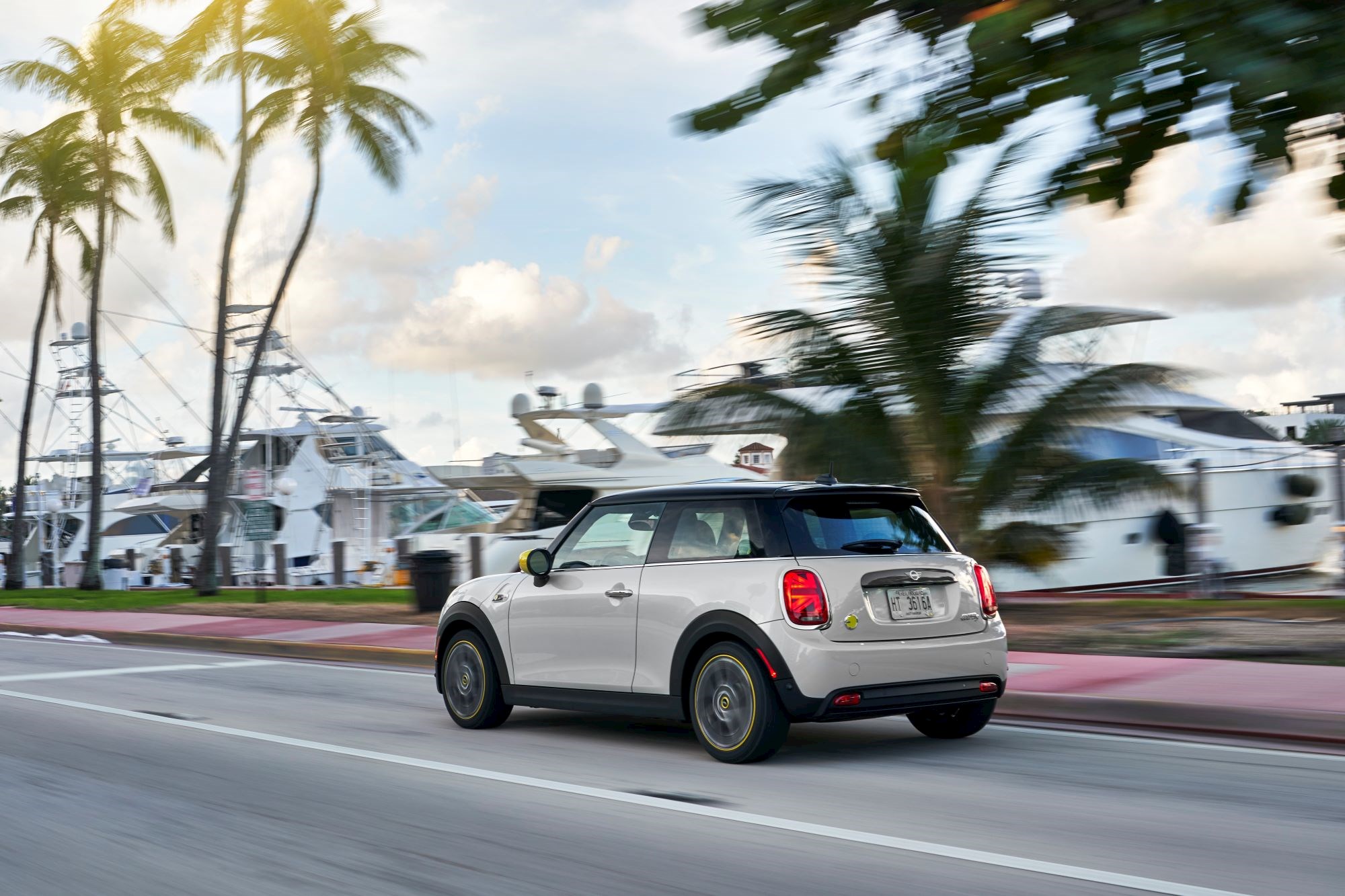
Plug-in power isn’t new for the modern Mini anyway. Back in 2008, the company trialed 500 examples of the pure-electric Mini E as part of its development programme for the BMW i3.
In 2017, Mini also launched the plug-in hybrid electric vehicle (PHEV) version of the Countryman SUV. This model now accounts for 18 percent of Countryman sales worldwide and five percent of all Minis.
The new fully electric Mini Cooper SE marks a further charge into the mainstream. It’s a series-production version of the quintessential Mini: the three-door hatch. It’s even built on the same production line in Oxford as the combustion-engined model.
It’s not a bespoke model and Mini makes no such claim. It’s essentially a conversion of the existing car, using the powertrain from the BMW i3. So the i3 is returning that favour from 2008.
It is a beautifully executed conversion, though. Mini’s number one priority was to maintain 100 percent of the base car’s interior and luggage space – possibly because there’s not a huge amount of either (the boot is just 211 litres).
That’s been achieved by redesigning the battery pack into a “T” shape, with the bulk under the rear seat and a spine down the centre of the car. The Mini electric is also 18mm taller, to liberate more underfloor space.
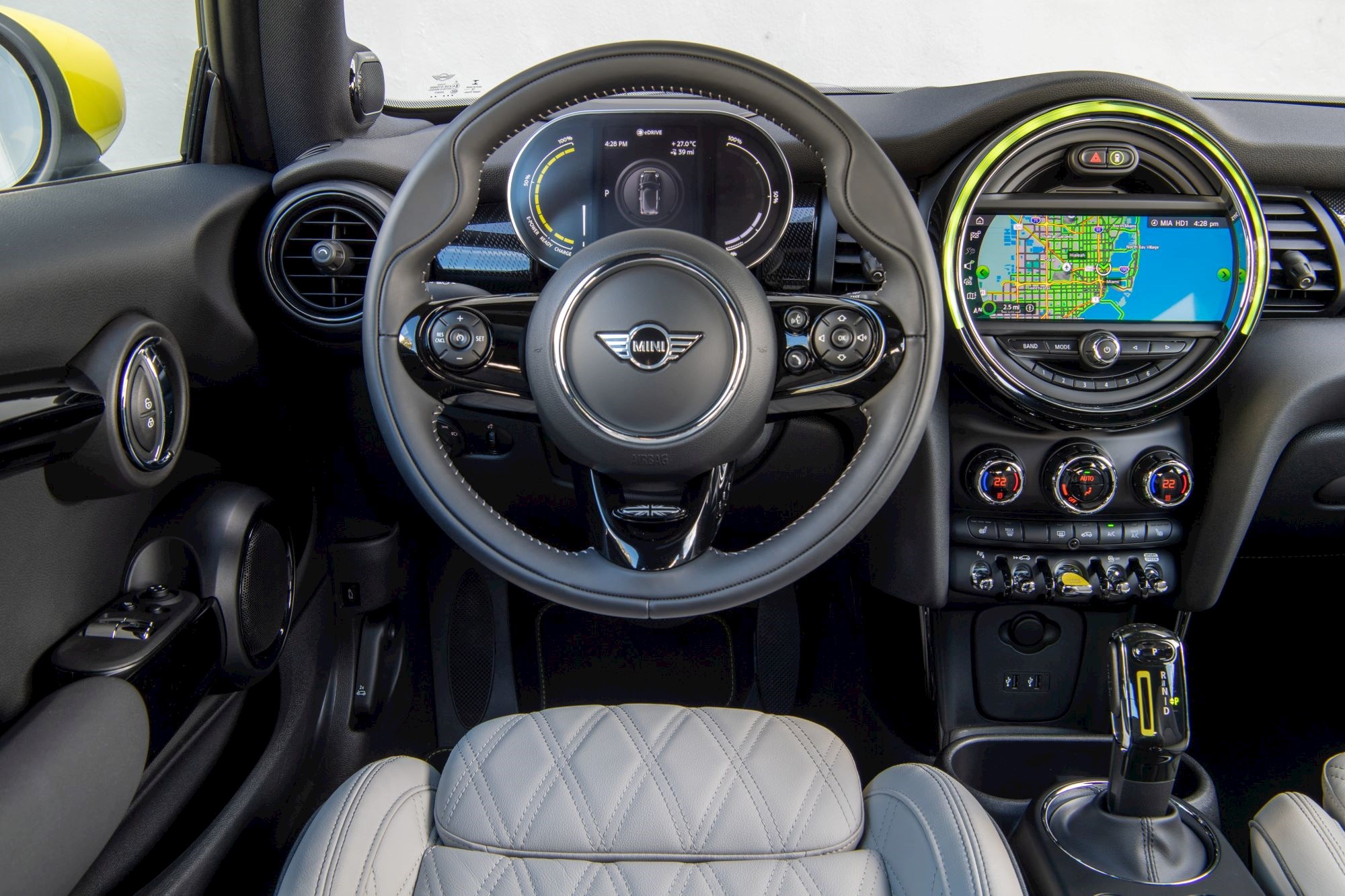
From the outside there are special yellow accents and plug graphics (similar to the Countryman PHEV), a unique grille and the option of quirky asymmetrical-design 17-inch wheels. Inside, there’s a sharp looking 5.5-inch digital instrument panel with a matte finish and a special gearlever.
In terms of styling it’s still a very “Mini” Mini. But to drive?
On paper, it looks promising. It might be taller and 145kg heavier than a standard Cooper S, but Mini says the Cooper SE’s centre of gravity is 30mm lower.
I can’t speak to Mini’s claim that it has brought “go-kart” handling to the EV market; the drive route on the company’s media launch from the Miami Design District to Fort Lauderdale, Florida, was exclusively urban one way and nothing but motorway on the way back.
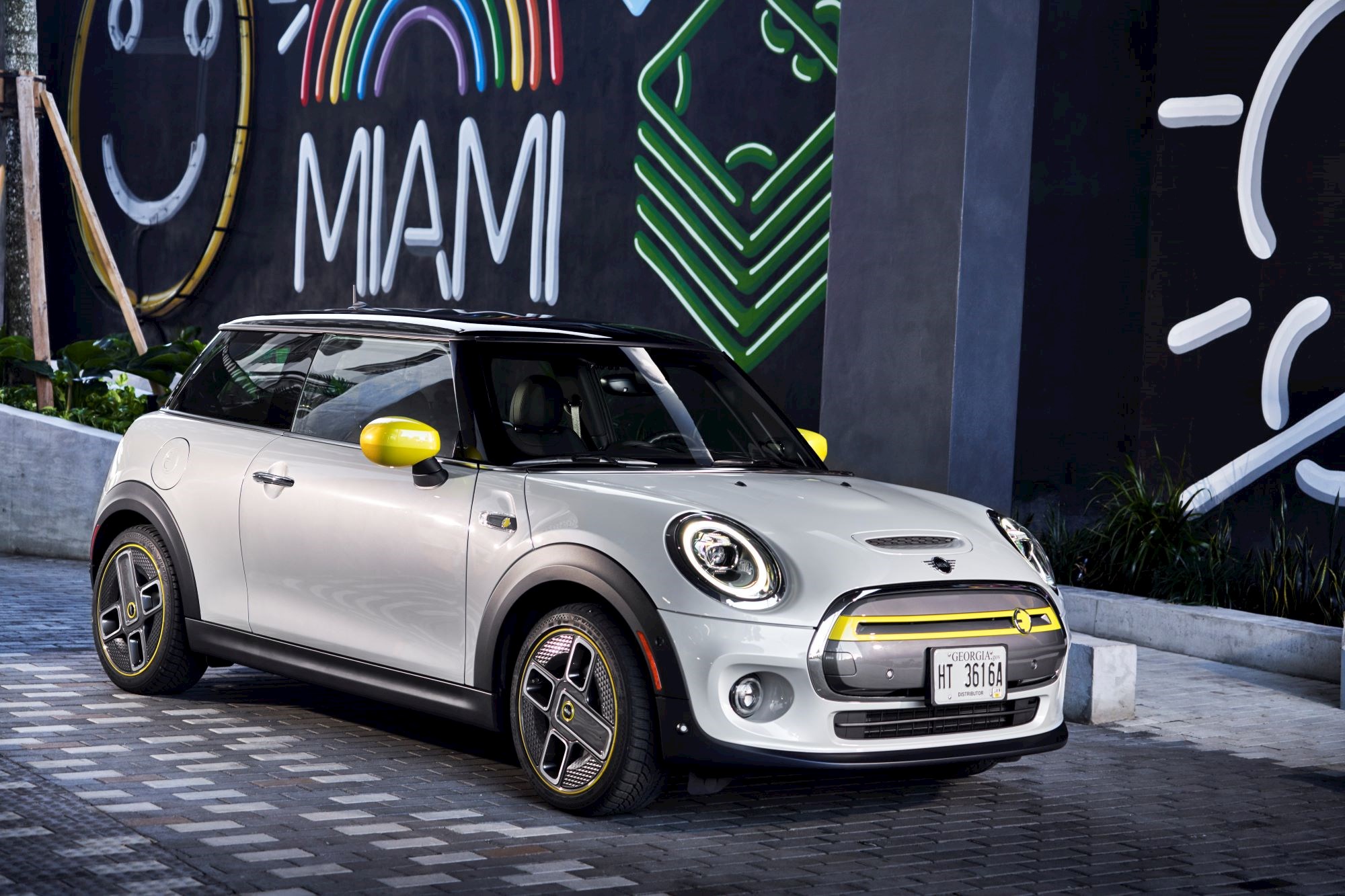 A long way to go for a short drive, but you could still argue that we experienced this car in its natural environment. The hatch was chosen for the electric treatment because it’s the model driven the least distance by owners and the one that spends the most time in town.
A long way to go for a short drive, but you could still argue that we experienced this car in its natural environment. The hatch was chosen for the electric treatment because it’s the model driven the least distance by owners and the one that spends the most time in town.
This is relevant because the battery and range are modest. The 32.6kWh unit is good for 235-270km in the WLTP cycle and can be charged to 80 percent in 35 minutes, on a 50kW charger of the type used at public stations in New Zealand. Or you can plug in at home overnight.
That’s your lot for now. This is the maximum battery size that could be fitted in this car, although future electric Minis will offer more because they’ll be on a standalone platform.
There’s lots you can do to maximise the range. You can set two levels of braking recuperation, either Low (11.9g) to allow more coasting or High (0.19g) to maximise energy recovered when you’re off the throttle.
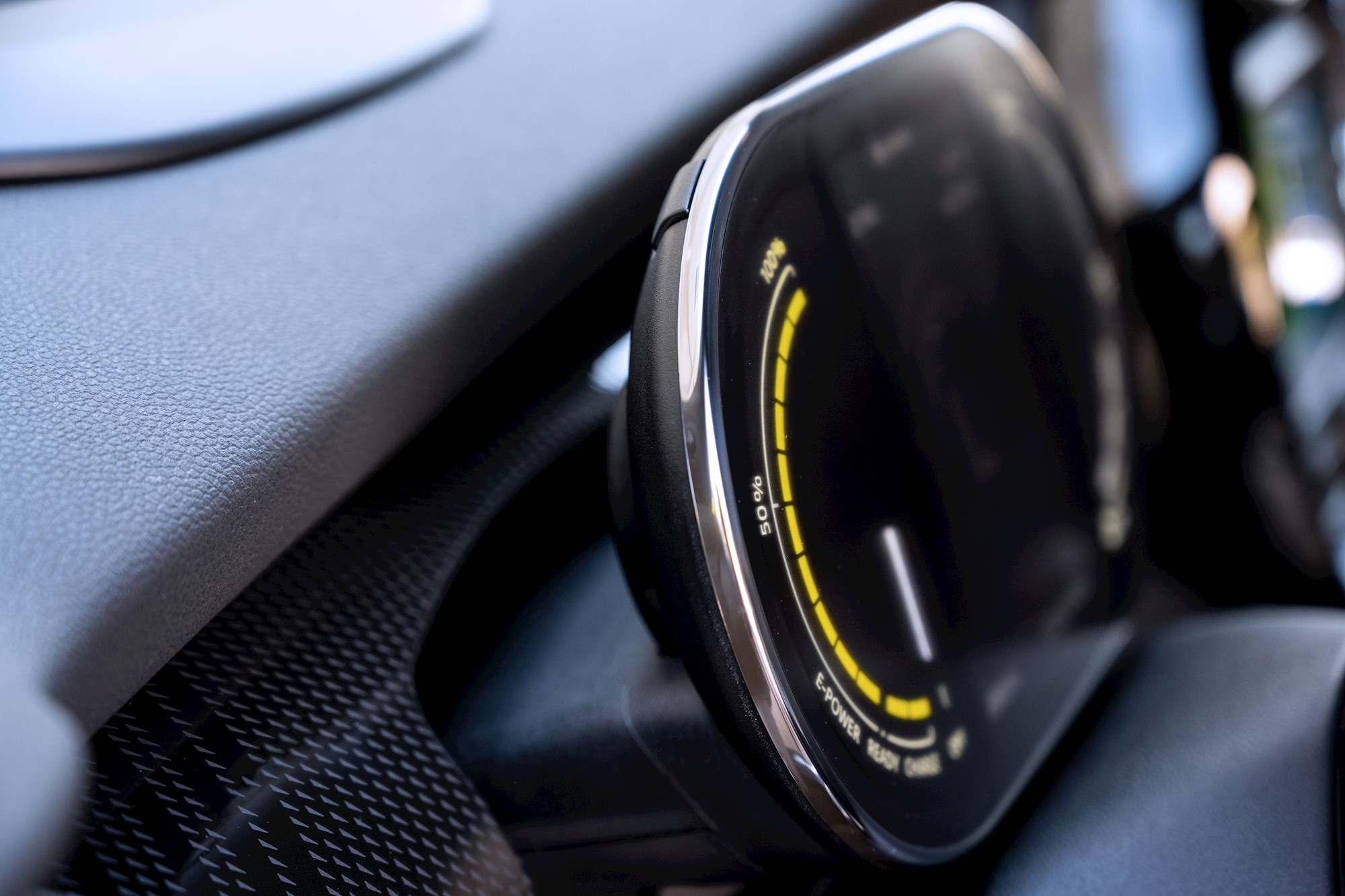 There’s a new Green+ drive mode that limits energy-sapping functions like air conditioning and the Mini electric comes as standard with a heat pump, which collects waste heat from the drive unit, requiring 75 percent less energy than a standard heater.
There’s a new Green+ drive mode that limits energy-sapping functions like air conditioning and the Mini electric comes as standard with a heat pump, which collects waste heat from the drive unit, requiring 75 percent less energy than a standard heater.
It’s pretty brisk (0-100km/h 7.3 seconds) and puts the power down really well, but the acceleration builds progressively, despite the instant torque of electric power. It’s perky, but won’t punch you in the kidneys.
In High recuperation you truly have “one pedal driving”: you don’t need to touch the brake pedal to slow down or stop, because the drag of the regen system does it for you.
First impressions suggest a ride that’s softer than a petrol Cooper S, but that doesn’t necessarily mean it’ll be less well-controlled in fast corners. The extra weight and lower centre of gravity will play a part.
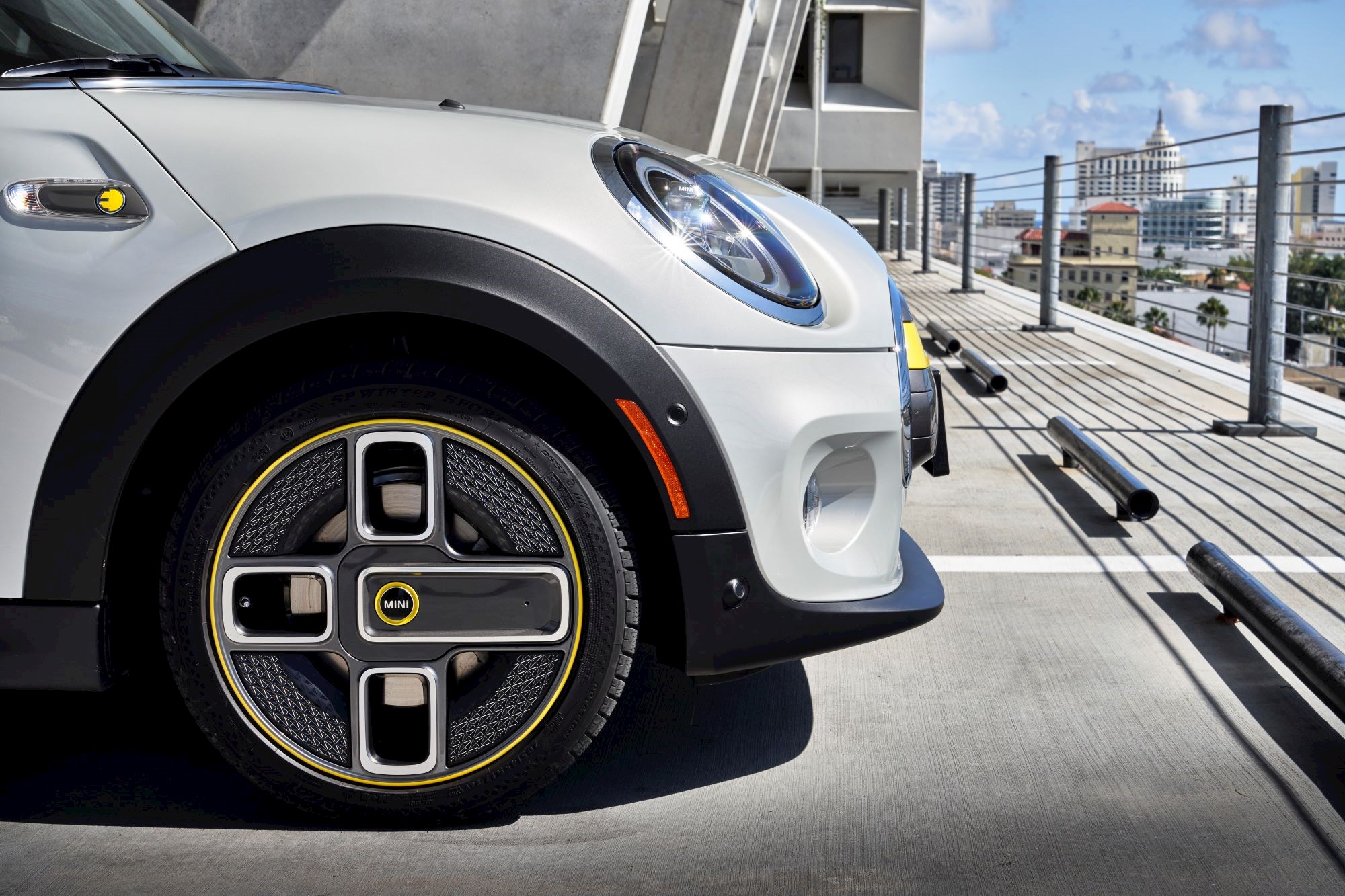 Overall there’s little to surprise in the Mini electric… and that’s the idea. It’s supposed to be a Mini that just happens to be electric.
Overall there’s little to surprise in the Mini electric… and that’s the idea. It’s supposed to be a Mini that just happens to be electric.
The Cooper SE is due in New Zealand July this year, with specification and price yet to be decided. Expect a choice of at least four option/appearance packages.
Mini’s a premium product and it’s natural to think the Cooper SE will be expensive, because EVs usually are. However, globally the car is positioned under the petrol Cooper S ($44,500 in NZ). If that happened here, the Cooper SE would be the cheapest new EV on the market. Don’t hold your breath, because there are just 80 allocated for NZ this year, so the local distributor isn’t necessarily chasing volume and the price will partly depend on final specification.
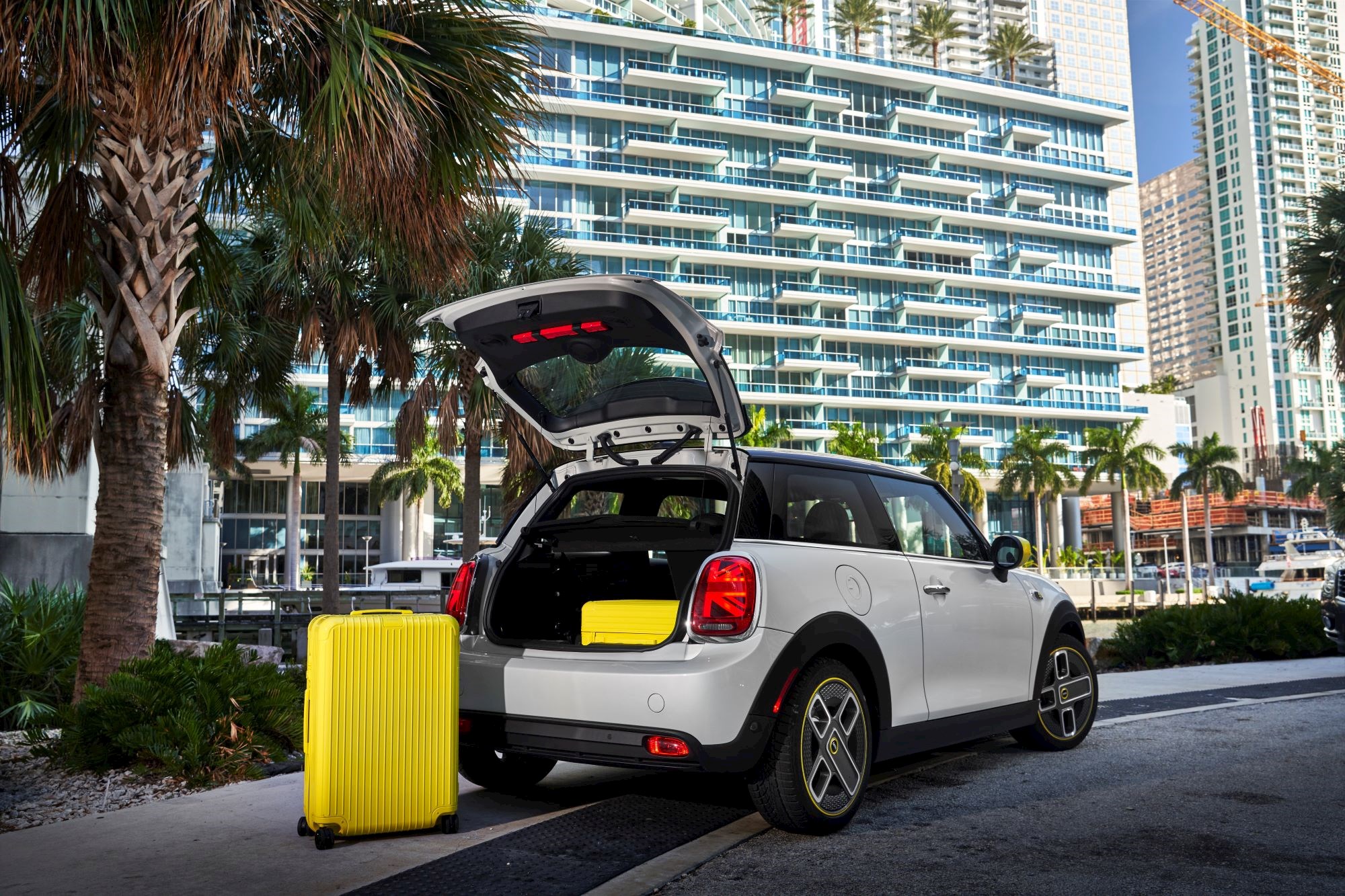 Don’t forget that the Mini electric uses technology developed and proven by BMW a decade ago. So it doesn’t have to be crazy money.
Don’t forget that the Mini electric uses technology developed and proven by BMW a decade ago. So it doesn’t have to be crazy money.
But what to call it? Mini executives often refer to this car as the “Mini electric” but it’s also officially the “Mini Cooper SE”.
Here’s the answer: in general terms it’s a “Mini electric”, in the same way that we call BMW’s most popular sedan a “3-series”.
But if you want to be correct about this specific model, it’s the Mini Cooper SE: the S aligns it with the sportier models and E means electric. Easy.
MINI COOPER SE
PRICE: TBC.
ENGINE: High voltage 32.6kWh battery and electric motor.
GEARBOX: Single speed.
0-100KM/H: 7.3 seconds.
ECONOMY: 16.8-14.8kWh/100km, range 235-270km (WLTP).
PROS: Beautiful conversion to EV power, no loss in interior space.
CONS: Modest range, yet to properly prove its go-kart credentials.









